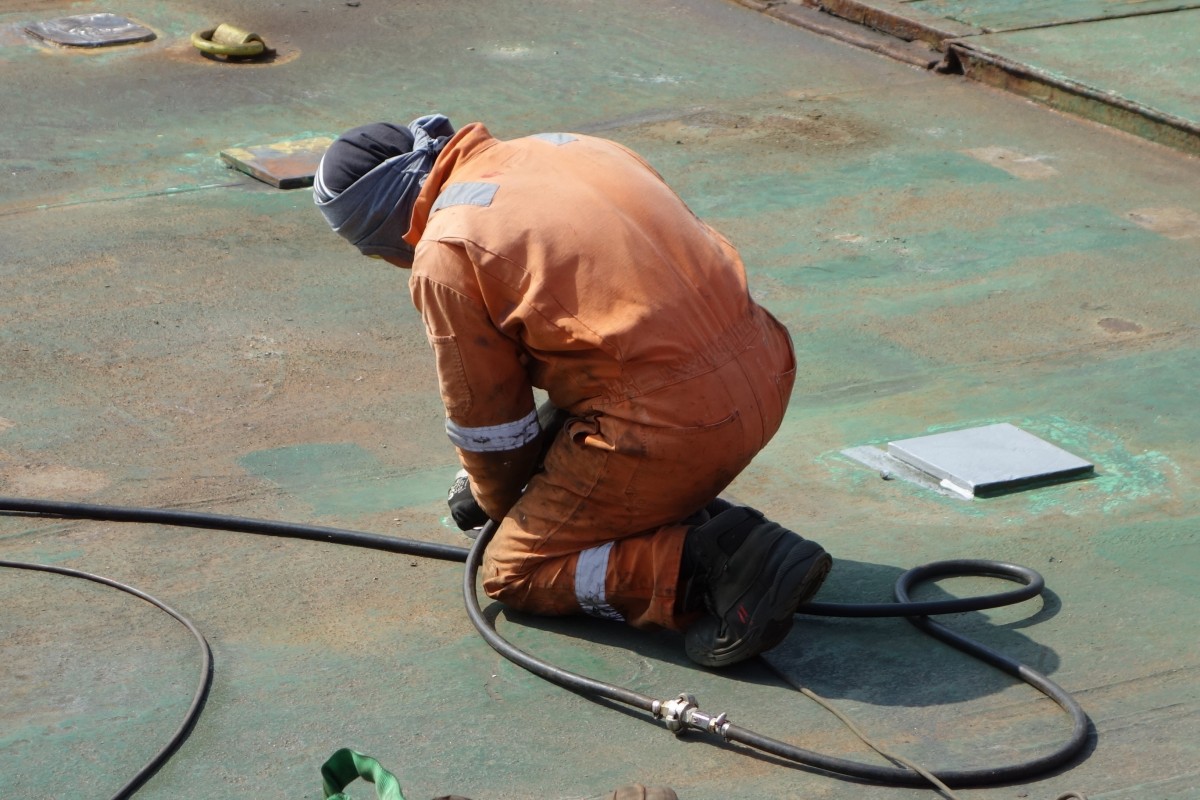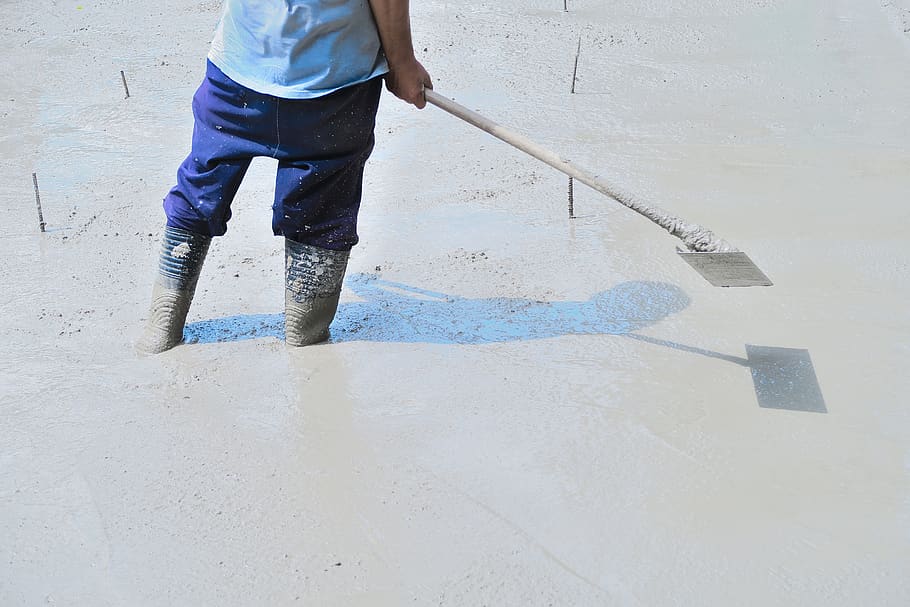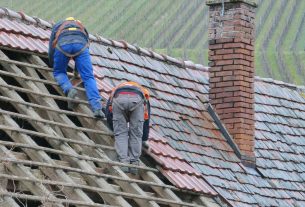Tips for Waterproofing Concrete Surfaces
Are you facing issues with water seeping into your concrete surfaces, causing damage and compromising their longevity? Don’t worry, we’ve got you covered! In this guide, we’ll walk you through the process of effectively waterproofing concrete to prevent water infiltration. Whether you’re seeking integral waterproofing solutions or drainage options, implementing the right coatings, sealants, and membranes can significantly improve the aesthetics, durability, and safety of your concrete surfaces. So, let’s dive in and explore how you can protect your concrete from water damage.
Section 1: Understanding the Importance of Waterproofing Concrete Surfaces
Before we delve into the specific techniques and products, let’s understand why waterproofing is crucial for your concrete surfaces. Concrete is a porous material that can absorb water, leading to various issues such as cracks, efflorescence, mould growth, and structural deterioration. Waterproofing acts as a barrier, preventing water from seeping into the concrete and causing damage. By implementing effective waterproofing measures, you can prolong the lifespan of your concrete surfaces, improve their appearance, and ensure a safer environment.
Section 2: Choosing the Right Waterproofing Coatings, Sealants, and Membranes

2.1 Evaluating Integral Waterproofing Solutions
Integral waterproofing involves adding waterproofing admixtures directly to the concrete mix during the mixing process. These admixtures work by filling the capillary voids and reducing the porosity of the concrete, making it more resistant to water penetration. When selecting integral waterproofing solutions, consult with a professional to determine the appropriate admixtures based on your project requirements.
2.2 Exploring Surface Coatings and Sealants
Surface coatings and sealants are applied directly to the cured concrete surface to create a protective layer against water infiltration. Acrylic, epoxy, and polyurethane coatings are commonly used options. Acrylic coatings provide a thin protective film and enhance the aesthetics of the concrete, while epoxy and polyurethane coatings offer superior durability and chemical resistance. Sealants, such as silicone or polyurethane sealants, are used to fill cracks, joints, and gaps, preventing water from seeping in through these vulnerable areas.
2.3 Implementing Waterproofing Membranes
Waterproofing membranes are sheet-like materials that are applied to the surface of the concrete, forming a continuous barrier against water penetration. There are various types of membranes available, including bituminous membranes, rubberized asphalt membranes, and synthetic membranes. Consult with a professional to determine the most suitable membrane for your specific project, considering factors such as the site conditions and the level of waterproofing required.
Section 3: Enhancing Aesthetics, Durability, and Safety
3.1 Aesthetics: Applying Decorative Concrete Finishes
Once your concrete surface is waterproofed, you can enhance its aesthetics by applying decorative finishes. Options like stamped concrete, exposed aggregate, or coloured concrete can transform the appearance of your surfaces, adding texture, patterns, or vibrant hues to complement your design vision.
3.2 Durability: Proper Maintenance and Regular Inspections
To ensure the long-term durability of your waterproofed concrete surfaces, regular maintenance and inspections are crucial. Clean the surfaces regularly, removing debris and dirt that can trap moisture. Check for any signs of damage, such as cracks or delamination, and promptly address them to prevent water intrusion.
3.3 Safety: Incorporating Drainage Solutions
In addition to waterproofing coatings and sealants, consider incorporating drainage solutions to effectively manage water runoff. This can include the installation of proper drainage systems, such as French drains, gutter systems, or slope adjustments, to redirect water away from your concrete surfaces. Proper drainage helps prevent the accumulation of water and minimizes the risk of water-related damage.
By implementing the appropriate waterproofing coatings, sealants, and membranes on your concrete surfaces, you can effectively prevent water seepage and improve the aesthetics, durability, and safety of your property. Remember to choose the right products based on your specific needs and consult with professionals for expert guidance. Regular maintenance and incorporating drainage solutions further contribute to the long-term protection of your concrete surfaces. Armed with this information, you can confidently address any waterproofing concerns and enjoy the benefits of resilient and water-resistant concrete surfaces for years to come.



